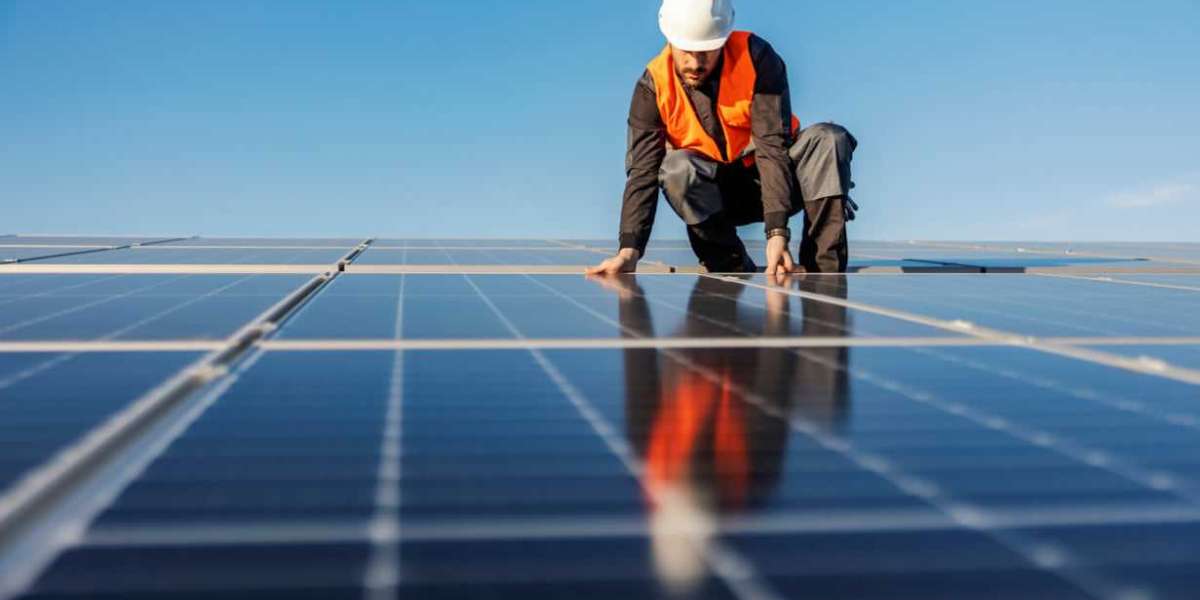Polyvinyl alcohol (PVA), also known as PVOH or poly(ethenol), is a synthetic, water-soluble polymer that is widely used across various industries due to its unique combination of properties. It is derived from polyvinyl acetate through a process of hydrolysis, where acetate groups are replaced with hydroxyl groups. Unlike many other synthetic polymers, PVA is not produced by direct polymerization of vinyl alcohol, which is unstable and tautomerizes into acetaldehyde. Instead, it is manufactured via polymerization of vinyl acetate followed by hydrolysis.
One of the most notable characteristics of polyvinyl alcohol is its excellent solubility in water. This property allows it to be used in applications where biodegradable or dissolvable materials are preferred. PVA is also known for its high tensile strength, flexibility, chemical resistance, and film-forming ability. It forms strong, transparent films that are resistant to oxygen, oils, and grease, making it highly suitable for packaging applications. Polyvinylalkohol
In the textile industry, PVA is used as a warp sizing agent to strengthen yarns and reduce breakage during weaving. In the paper industry, it serves as a coating and adhesive to improve paper strength and printability. PVA is also commonly used in the production of water-soluble films for single-use packaging of detergents, agrochemicals, and dyes. These films dissolve in water, leaving no residue, making them convenient and environmentally friendly.
Medical and pharmaceutical applications of PVA are also notable. Due to its biocompatibility and non-toxic nature, it is used in eye drops, contact lens solutions, and drug delivery systems. It also finds use in wound dressings and surgical sponges, where its water retention capabilities help maintain a moist environment conducive to healing.
In construction and adhesives, PVA is found in glues, particularly wood glue (commonly known as white glue), where it provides strong adhesion to porous surfaces. In the arts and crafts world, it’s appreciated for its safe, non-toxic profile, making it suitable for use by children and hobbyists.
From an environmental perspective, PVA is considered less harmful than many traditional plastics. Some forms of PVA are biodegradable under specific conditions, especially when exposed to certain bacterial strains found in wastewater treatment plants. This has made PVA a promising material for reducing plastic pollution, especially in applications where dissolution in water is beneficial. However, biodegradability varies depending on the degree of hydrolysis and the molecular weight of the polymer, and complete biodegradation may still require controlled conditions.
Despite its many advantages, PVA also has limitations. It is sensitive to moisture and humidity, which can affect the performance of PVA-based films and coatings. Its production also involves petrochemical feedstocks, which raises sustainability concerns in terms of resource use and emissions.
In conclusion, polyvinyl alcohol is a versatile and valuable polymer with a wide array of industrial, medical, and commercial applications. Its unique water solubility, film-forming capabilities, and relative environmental friendliness make it an increasingly important material in today’s drive toward more sustainable solutions. As research continues, innovations in PVA formulation and degradation could further enhance its utility in environmentally conscious applications.


